Indications for an Adjustable Transobturator Male Sling
Used to treat male urinary incontinence, this device consists of an anchored, adjustable, sub-urethral cushion. Able to treat more severe degrees of incontinence than the AdVance sling, it can also be utilised as an alternative to the artificial urinary sphincter.
It allows normal voiding without the need to press a pump in the scrotum. It can be adjusted to allow a perfect balance between flow and continence and has some theoretical advantages over both the AdVance sling and Artificial sphincter in the setting of previous radiotherapy.
- The cost of an ATOMS sling may be covered by ACC because male urinary incontinence is most usually a result of previous surgery for prostate cancer or prostatic enlargement,
Procedure
- The operation is carried out under general anaesthetic at Grace Hospital and takes about an hour to complete.
- No special preoperative preparation is required but it may pay to carry out some flexibility exercises of the hips preoperatively as some patients find the worst part of the postoperative recovery is an ache in the hip joints from the positioning at the time of surgery.
- We will check your urine preoperatively to make sure that you don’t have a urinary infection.
- The operation is carried out via a midline incision in the perineum - the area between your scrotum and anus. The ATOMS device is anchored in place by its polypropylene arms which encircle the pubic bones. The volume in the soft silicone cushion which sits below the urethra is then adjusted in order to provide enough compression to stop urinary leakage but not so much that it inhibits normal voiding.
- The small (10mm x 15mm) port, which allows postoperative adjustments to be made, is placed through the same perineal incision into the left hemiscrotum.
- A urinary catheter is left overnight.
- The wound is closed with subcutaneous dissolvable sutures.
After the Procedure
Postoperatively, an hour or so is spent in recovery and then you will return to the ward. Patients are usually fairly comfortable and able to receive visitors that afternoon. You will be allowed to have oral fluids as soon as you are awake.
You will spend the night on the ward and the catheter will be removed the next morning.
Complications
All surgical procedures are associated with some risk. There are some specific complications related to the ATOMS sling beside the general risks of wound infection, blot clot formation and pneumonia.
- Neuropraxia
A number of branches of the pudendal nerve pass through the area where the anchoring arms of the ATOMS sling sit. These nerves provide sensation to the perineal area and also the penile shaft. Hematoma formation and inflammation during healing can interfere with the function of these nerves and a small number of patients will experience numbness in the area of distribution of these nerves. This phenomenon is temporary and usually resolves in a matter of weeks when the inflammation settles.
- Pain
Probably secondary to the same mechanism as above, about one third of patients experience quite significant discomfort in the perineal area postoperatively. You will be given appropriate pain relief to go home with and the pain will settle over the next 3 or 4 weeks.
- Urinary retention
About 5% of patients are not able to void once the catheter is removed the morning following surgery. This is most commonly secondary to inflammation or hematoma at the operative site and nearly all patients are able to void after a few days of catheter drainage. If you are still unable to void after catheter removal then it is a straightforward outpatient procedure to adjust the degree of compression by removing fluid from the device.
- Infection
This is the most feared complication from ATOMS sling surgery. If the device becomes infected it will need to be removed. A 3 month wait is required to allow things to settle until a further device can be placed. Internationally the risk of infection is as high as 15% of patients. In order to decrease the risk you will be given a two week course of antibiotics to take postoperatively.
A relatively new procedure
We have not had any patients develop an infection requiring the device to be removed. Whilst this is not strictly a complication it should be recognised that the ATOMS sling is an internationally relatively new procedure, having only been invented in 2008. Although there have been no long term issues reported with the procedure to date, it is possible that currently unknown problems present in the future.




